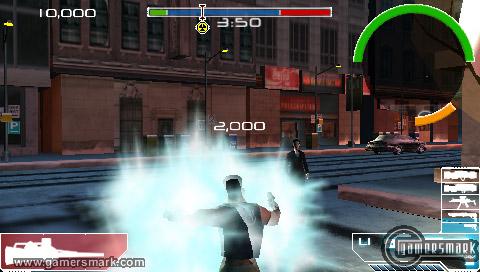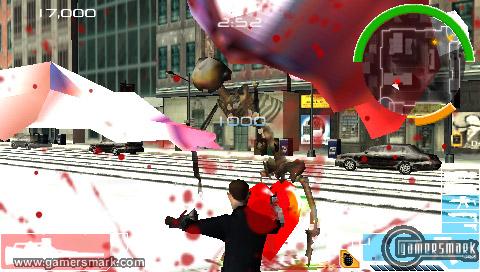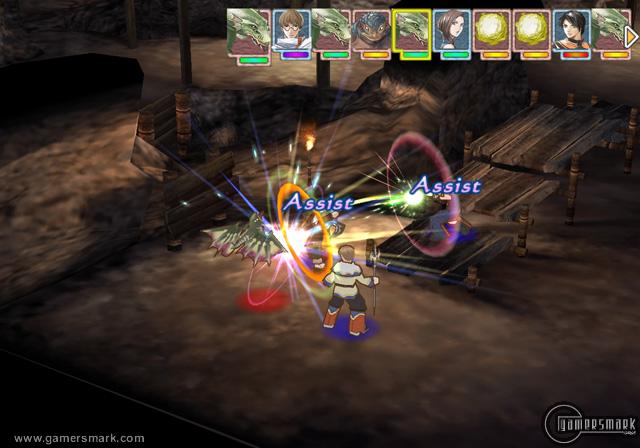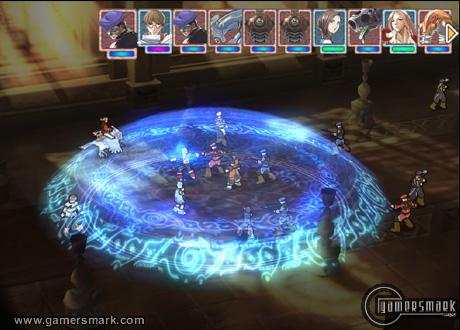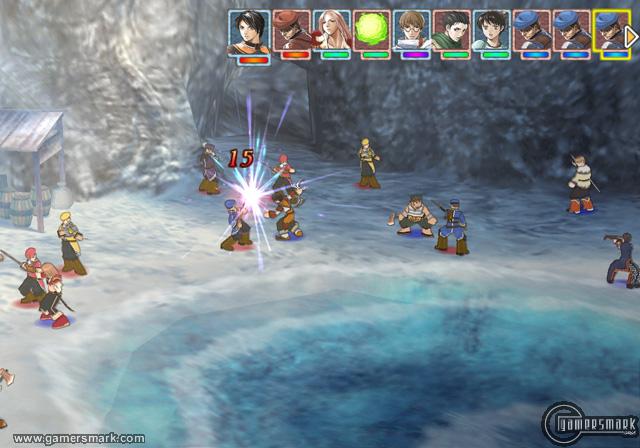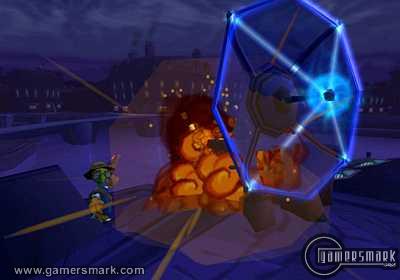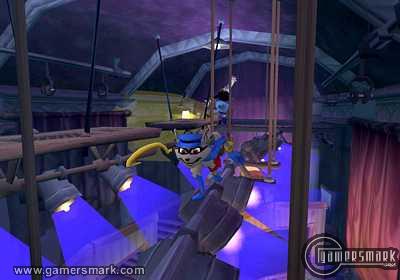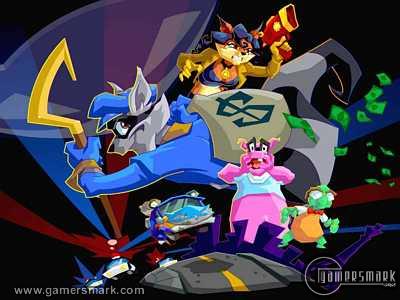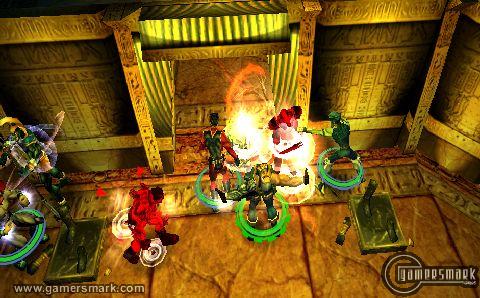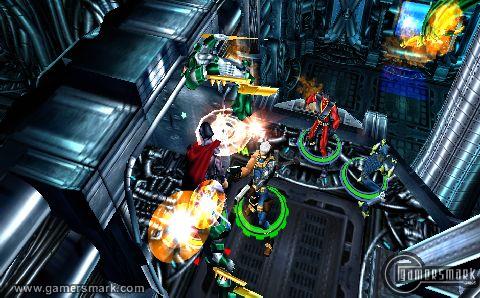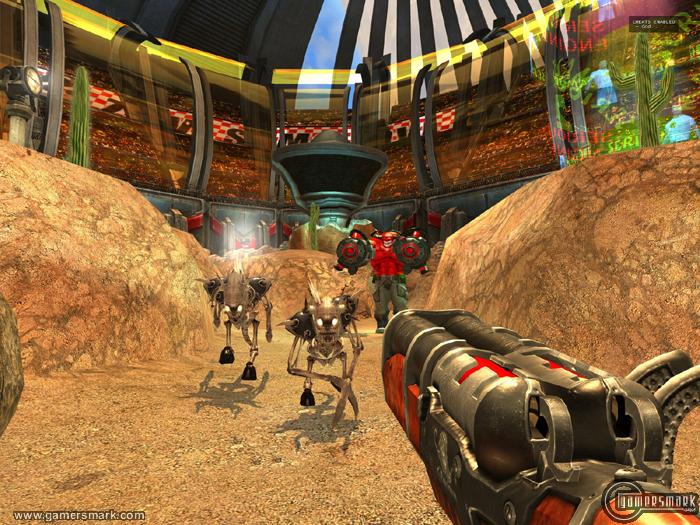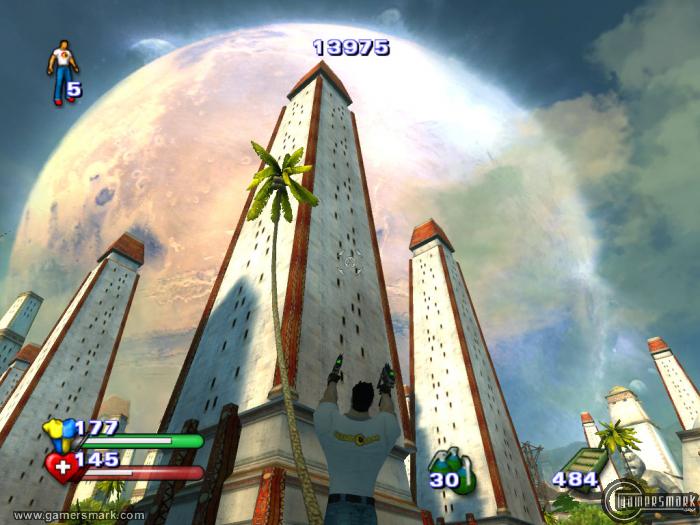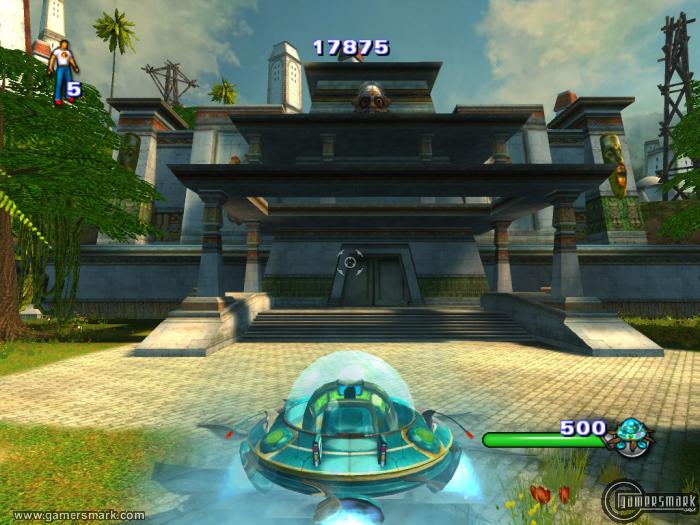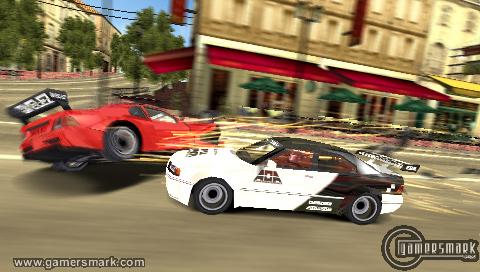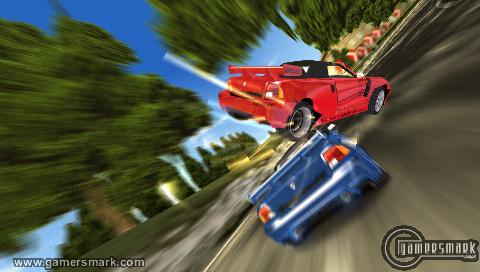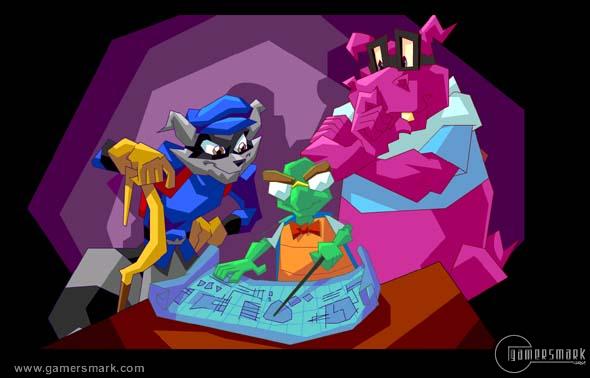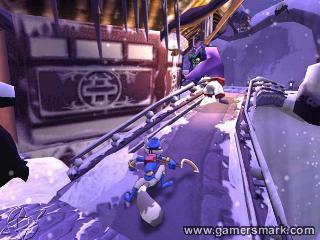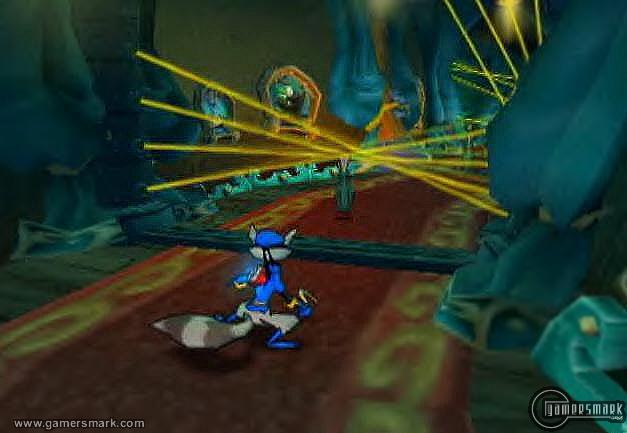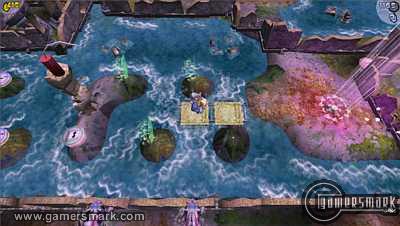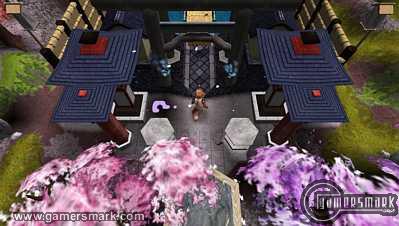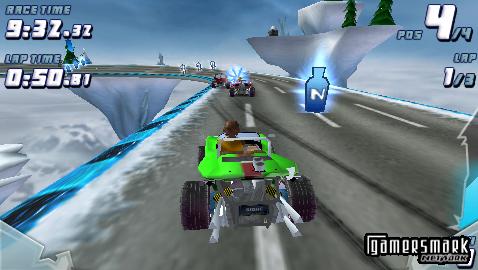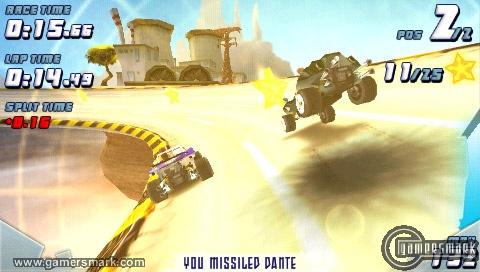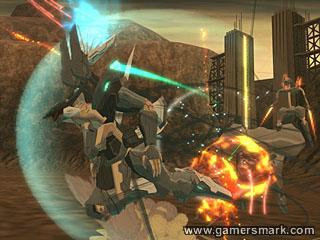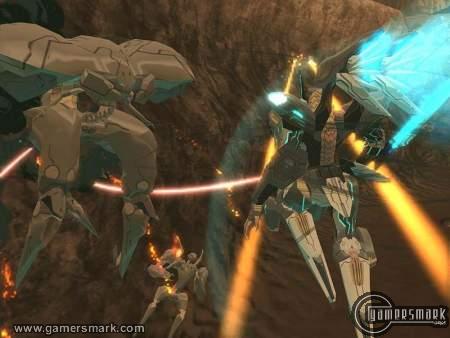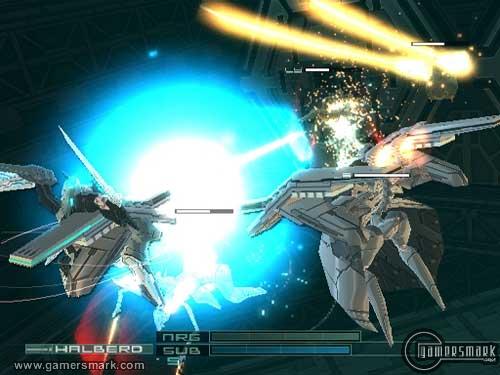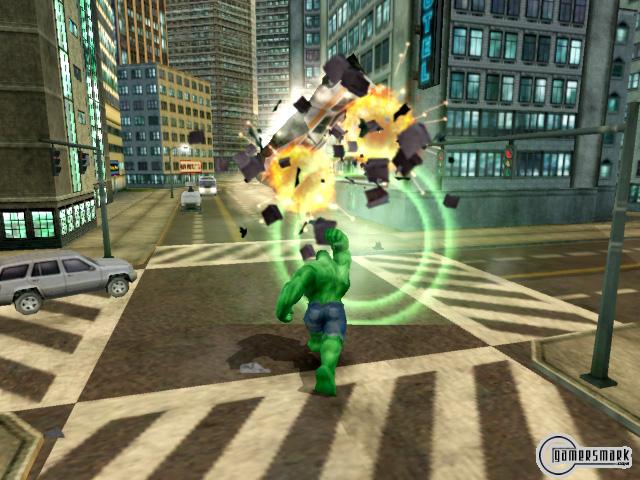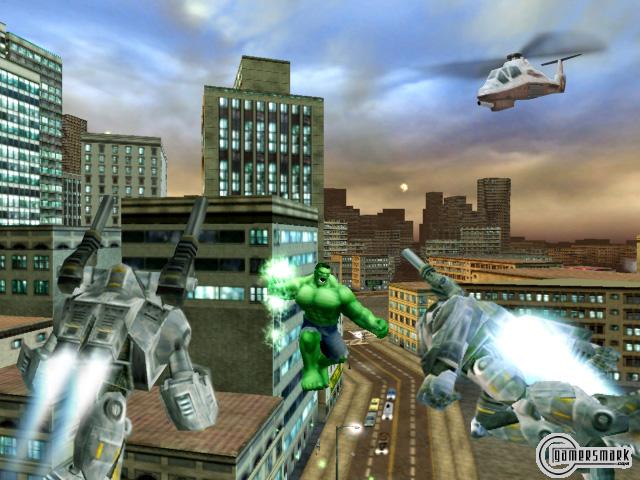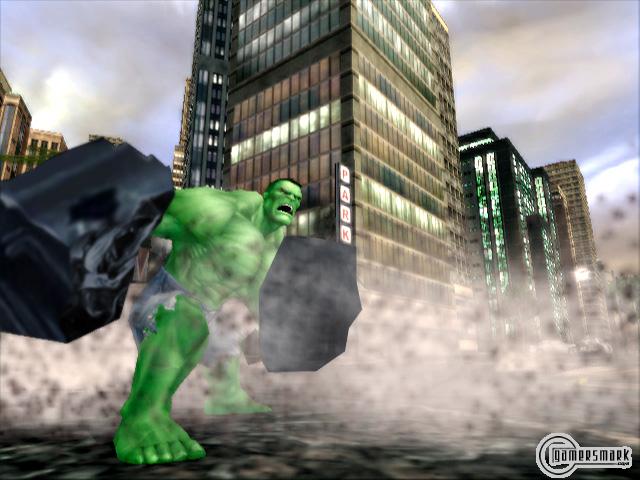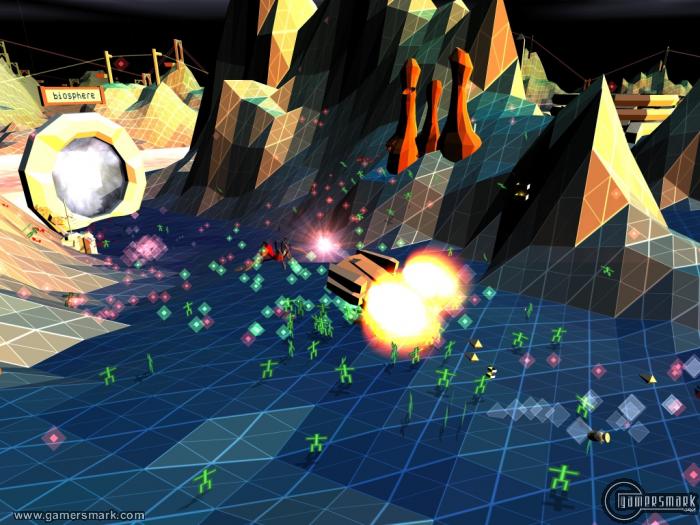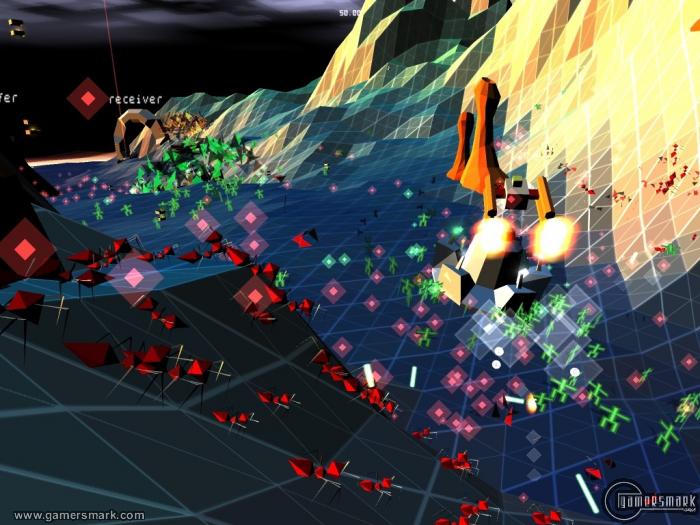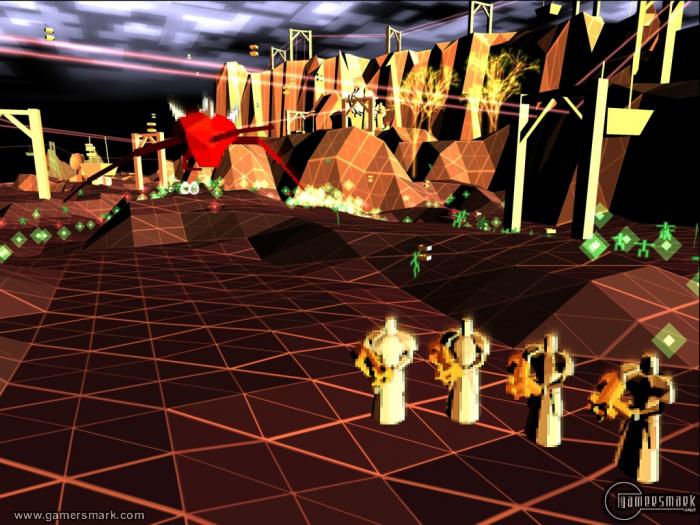In recent years, controversy in video games has heightened to unprecedented levels. Every once in a while, a gigantic outburst is made in regards to controversial content matter in a video game. With increasing realism being worked into video games, they have matured into a viable mainstream media comparable to movies and television. However, just like its longer-existing counterparts, video games have hit their proverbial puberty – major scrutiny and an attempt to squelch its expression of speech. Certain groups aim to control the industry through laws and sales restrictions, citing that children could get their hands on mature-rated games.
One of the first truly controversial games came in 1983 in the form of Custer’s Revenge for the Atari 2600, a home gaming console. Custer’s Revenge depicted General George Armstrong Custer raping a Native American woman tied to a fence post. The amazing irony of the controversy was that the graphics for the game were so bad that it was barely distinguishable what was going on. However, activist groups like the National Organization for Women (NOW) and the American Indian Community House still made an outcry against the game. Not knowing who to point the blame on, the activist groups blamed Atari, the maker of the console, instead of the developer named Mystique. After the controversy had blown over, Mystique went on to develop other “X-rated” games that didn’t garner the same amount of attention as Custer’s Revenge had.
Criticism against video games declined when more sophisticated video game consoles came to market. Nintendo, a very and still popular video game console maker, brought about a licensing system that required games to pass their various tests of blood, nudity, and other such themes to ensure the moral quality of the games released under their license. The Nintendo “Seal of Quality” was featured on games approved and released on the Nintendo Entertainment System (NES). The licensing system did its part to establish some sort of barrier against any bad publicity for a game with controversial content matter.
In 1992, a game called Mortal Kombat attracted activist groups for its simulated violence and exaggerated amounts of blood. Though fighting games were not uncommon during the time, it was the first to use animated pictures of real people, making it more realistic than others during the time. Senator Joe Lieberman had even spoken out against the game during a Senate investigation into video game violence. Mortal Kombat is usually credited with being the vehicle for the establishment of the Entertainment Software Rating Board (ESRB), which is now the governing rating body of the video game industry. The ESRB uses an age-based system, similar to the MPAA’s certification for movies.
The ESRB has become the video game industry’s self-governing body that approves games and slaps certain ratings on a game to show its appropriateness. By use of five different ratings and 32 descriptors, the ESRB aims at giving the buyer a good idea of what to expect in the title. Titles rated eC for Early Childhood have content for children ages three and older. A rating of “E” for “Everyone” has content that is suitable for people six and older; the equivalent of a rated “G” movie. A rating of “T” for “Teen” has content that is suitable for people ages thirteen and older; the equivalent of a rated “PG-13” movie. A rating of M for “Mature” has content suitable for people aged seventeen and older usually containing intense violence or sexual content; the equivalent of a rated “R” movie. For titles that are basically on the level of pornography, a rating of “AO” for “Adults Only” is given. The AO rating is the highest rating to be given, and a very limited amount of games have ever actually been given the damnable rating. AO games are not carried at major retailers and you would be hard pressed to even find an AO game other than ordering it online. The reason behind this is because the major retailers agreed together through an organization called the Interactive Entertainment Merchants Association (IEMA) that they would not sell games that were rated AO as to avoid the game from falling into the hands of children, similar to how porn is not usually sold at major retailers. The ESRB’s rating system has become the prevalent and only rating system widely accepted for video games in America. Other countries deal with their rating in different ways, some just having the same rating body as movies and music rate video games as well.
Ratings can themselves be seen as a way to advertise a certain product. A game aimed at children will want to have the E rating, being apparent that it is more family-friendly. A game that is rated M is advertised as a game that for older people, and has suggestive themes not found in a lesser rated game – it appeals to people because mature themes like violence and sex make people interested. Many of the wildly popular games to have been released recently have had an M rating and are perceived as ultra-violent. One of the most popular M-rated game series is a series named Grand Theft Auto (GTA). Starting life as a two-dimensional top-down game on the Sony PlayStation with GTA and GTA 2, it wouldn’t be until Grand Theft Auto III that the series really made an impact on the way video games were perceived.
Grand Theft Auto III was the first game to show the world that video games weren’t for kids anymore. While there had been other Mature rated games in the past, they generally flew under the radar because they just didn’t sell an amazing amount of copies to warrant the attention. To date, the Grand Theft Auto series has sold around fifteen million copies. Grand Theft Auto III was the first game of the series to be in full 3D, being a nearly realistic rendition of a boundless world where you could do as you please. The most common stereotypical summary of what is said to be done in a Grand Theft Auto game is that you murder, steal, and destroy anything you want to, healing by having sex with prostitutes which afterward you can beat them to death and take their money to recover the funds spent on them. And if it were any more of a consolation, it is also described in a way that players are allowed to wreak as much havoc as they like without progressing through the game’s storyline, as if it would be more acceptable to those stereotyping it if you progressed through the story while wreaking havoc. However, the description of the game picks at parts of the game that are the most miniscule of the game’s features, such as sleeping with a prostitute to heal (which should really be taken as more of a joke than anything). A player could go through a whole game without ever picking up a prostitute to heal, and the description avoids the aspect of the game in which you choose to actually do things in the game, or even play the game to begin with. At the end of the day, nothing included in Grand Theft Auto III was any worse than a rated R movie.
The newly found controversy that came with the Grand Theft Auto III subsided, as its sequel Grand Theft Auto: Vice City flew relatively low under the radar. The megaton bomb that would set in motion legislative action against the industry would come in the “Hot Coffee” scandal of Grand Theft Auto: San Andreas. Hidden on the disc packaged with the full version of the game, a mini-game in which you could have sex with your in-game girlfriend interactively was discovered. Not intended to be a part of the final game, the only way to actually access the mini-game is through the long, arduous process of wooing your girlfriend into liking you enough to invite you in for some hot coffee. In the normal version of the game, all that would be shown is a wide shot of the house and some moaning, but if a hack was employed (which had to be intentionally found, downloaded, and applied), the scene would be replaced by the sex mini-game. Since the mini-game was actually on the disc and the game was rated M as by the ESRB, the ESRB’s own credibility came into question — especially about their rating procedures. The ESRB, under political pressure no doubt, re-rated the game as AO, effectively banning it from major retailers. Whether or not the ESRB was right in overruling their own rating and not standing by their ratings, they showed that as long as there was enough controversy about certain aspects of a game they could possibly force the ESRB to re-rate other games. Had the “Hot Coffee” mini-game actually been included in the main game itself, instead of being hidden, there would have not been as huge of a controversy. Whether or not the whole thing was a publicity stunt, awareness of the game Grand Theft Auto: San Andreas very much hit the mainstream and sent the message that games aren’t for kids anymore.
Proponents of legislation restricting the sale of games with controversial matter cite that they want to protect the children from getting their hands on particular games, and make it the retailer’s responsibility to make sure it doesn’t happen. Legislation has been passed in many states already, but is being challenged by the video game industry on the basis of the laws restricting First Amendment rights. Lawmakers who vote for these types of sales-restriction laws want parents to be involved in the purchase of the games, by saying what games kids can or cannot buy. The lawmakers want to protect children because they feel that it propagates violence in young children, such as school-shootings and murders.
Opponents of legislation, such as most of the video game industry, view any sort of sales-restricting laws as going against their First Amendment rights of free speech. They view it as unfair, as well, since the music and movie industries (pornography aside) do not have any laws in place to sanction sales of product. If sales-restricting laws become more common, video game publishers will be forced to self-censor themselves to sell their games to the largest audience possible, similar to how the movie industry will commonly release a seemingly should-be-rated-R movie as PG-13 to get the largest audience possible.
It isn’t surprising that there is controversy over video games. Video games are not accepted in the mainstream as a serious form of media, and are often seen as a toy rather than a viable form of entertainment. Video games have hit its boom, with sales being higher and higher every year. Analysts predict that the video game industry will eventually make as much as the movie industry and political figures aim to get easy brownie points with their constituents while video game companies continually push the envelope on their end. Whether or not the legislative actions being taken during video games’ early days affect the full maturity of the media remains to be seen.
–
References
Anderson, Craig A. April 2000. Journal of Personality and Social Psychology, Vol. 78(4), pp. 772-790.
Gonzalez, Lauren. Gamespot.com. 2005 November 13. “When Two Tribes Go to War: A History of Video Game Controversy.”
Wikipedia. 2005 November 13. “Video Game Controversy”
http://en.wikipedia.org/w/index.php?title=Video_game_controversy&oldid=27936616

